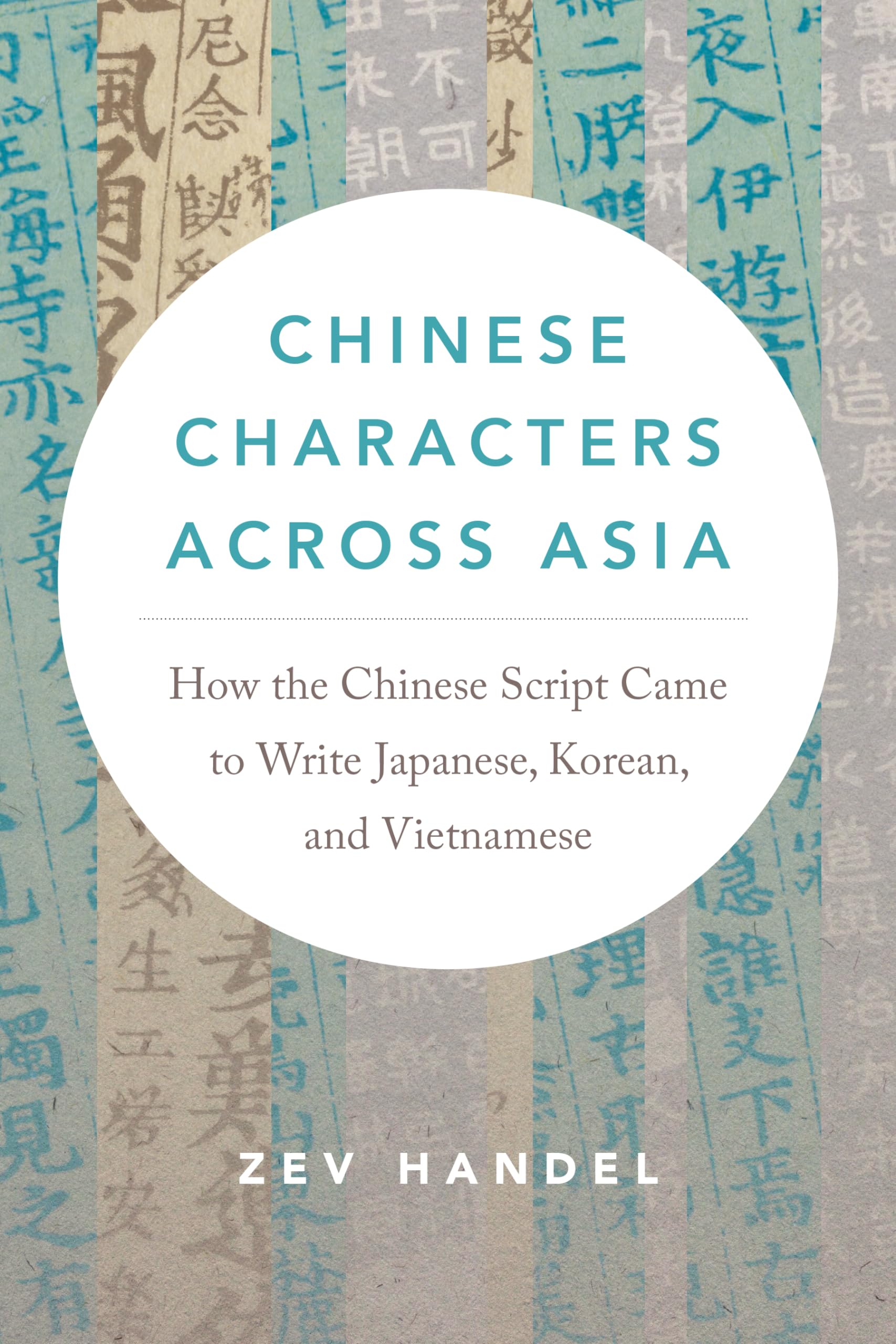
In January 2016, the linguist Geoffrey K. Pullum published a post at Lingua Franca, The Chronicle of Higher Education’s blog on language and writing in academe, bemoaning “the awful Chinese writing system.” To his mind, that system’s thousands of “discrete graphic symbols”—around 3,000 of which must be memorized “just to be able to read the morning paper”—constitute “a millstone round the neck of the whole Sinophone world, and should have been ditched decades ago.” The post drew enough attention that some of the lay readers to whom it circulated may have imagined the argument as the first of its kind. In fact, Pullum was making a minor, irritated contribution to a civilizational debate that had begun at least 120 years before. In 1896, a medical student in Shanghai named Shen Xue published a treatise declaring that Chinese characters “blocked the telegraphic wires, clogged the arteries of the brain, and prevented the advancement of scientific knowledge,” thus marching the once-mighty Qing Empire down the road to ruin.
It is with an account of this dubious but telling proposition that Uluğ Kuzuoğlu opens Codes of Modernity: Chinese Scripts in the Global Information Age (2023), a study of the efforts to reform the Chinese writing system that flowered amid the industrialization of the late 19th and early 20th centuries. Almost all such efforts had withered by 1986, the year that the State Council of the People’s Republic of China officially put an end to script reforms with a declaration that characters (a few thousand of which the Communist Party had ordered simplified, ostensibly for the sake of nationwide literacy rates and education levels, in the 1950s and ’60s), would not be replaced by pinyin, the approved system of rendering Mandarin in the Latin alphabet. Three decades thereafter, observers like Pullum were still ruing the fact that such an “obvious alternative” had been consigned to “purposes like teaching, writing foreign names, and machine-assisted character entry. It’s the awful character system that is central and revered.”
Read the whole thing at the Los Angeles Review of Books.